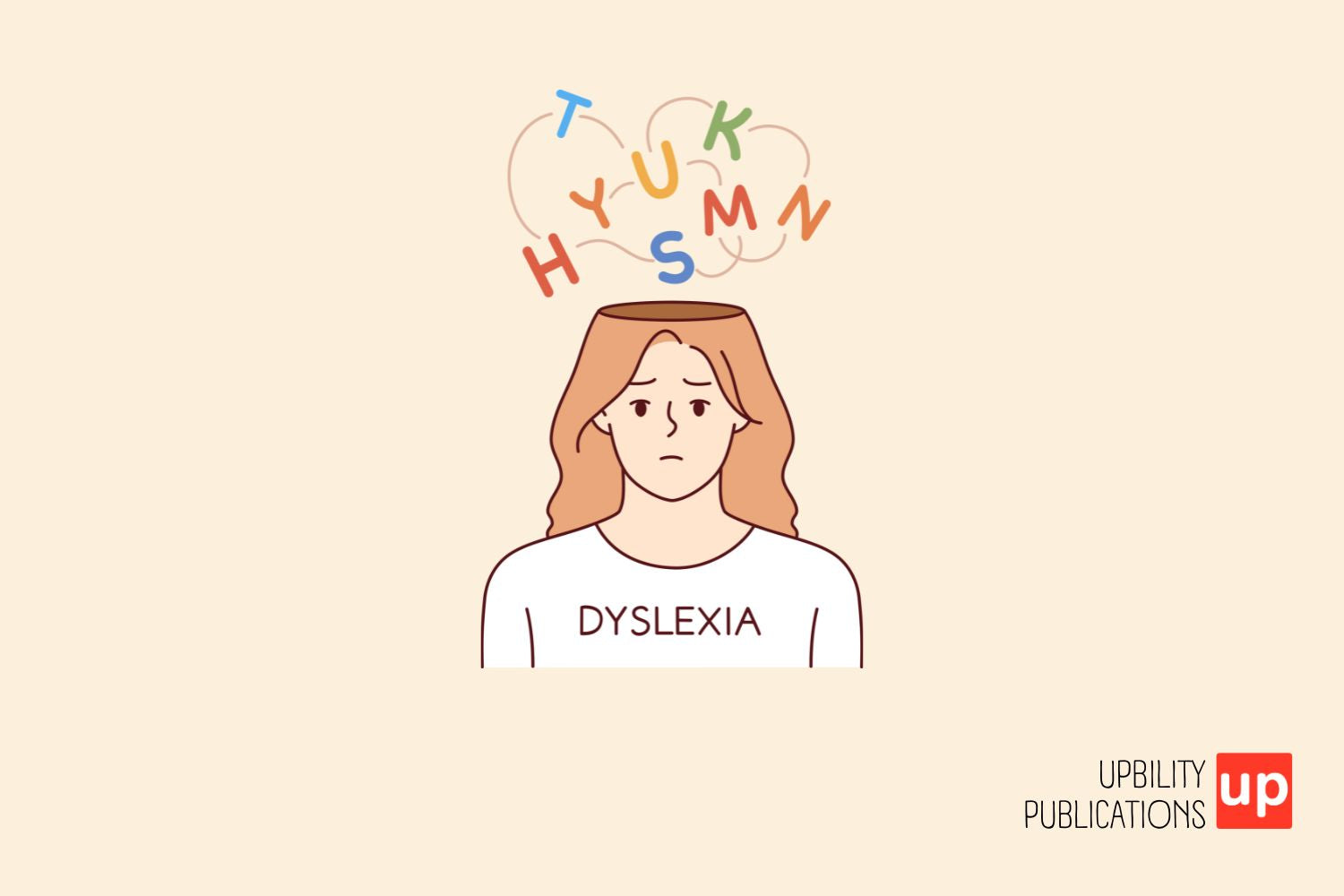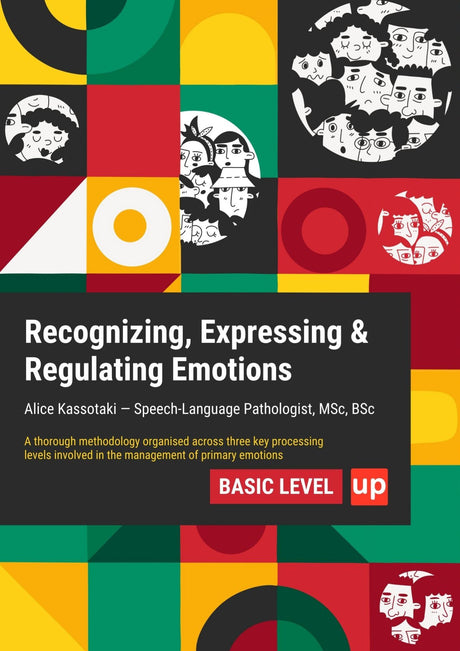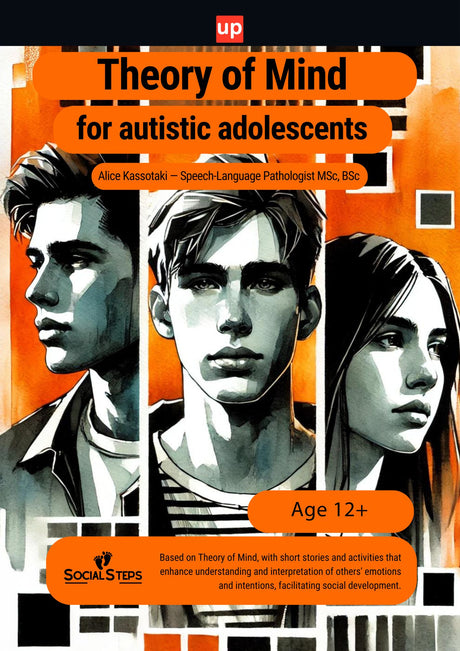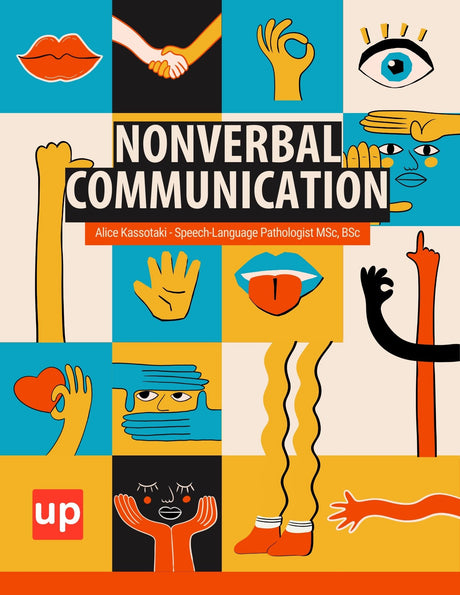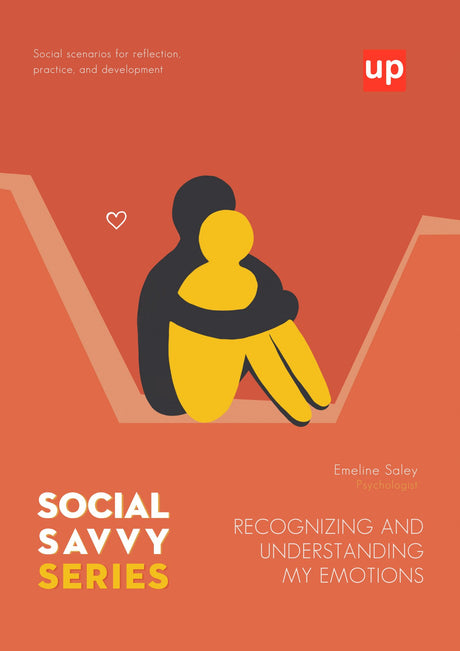Recognizing teenage dyslexia symptoms is crucial for timely intervention. In this guide, we’ll explore the common signs, academic challenges, and emotional impacts of dyslexia in teens. Understanding these symptoms can help you provide the necessary support to improve their learning experience and overall well-being.
Key Takeaways
- Recognizing dyslexia symptoms in teens, such as reading difficulties and poor spelling, is crucial for early intervention and support.
- Dyslexic teens often face significant academic challenges, including slow reading speeds and writing difficulties, which can affect their motivation and self-esteem.
- A strong support system involving parents, teachers, and peers is essential for helping dyslexic teens manage their challenges effectively and improve their academic and emotional well-being.
Recognizing Dyslexia in Teens

Recognizing dyslexia in teenagers can be challenging, as the symptoms often overlap with those of other learning disabilities. However, understanding the specific dyslexia signs can help parents and educators identify this learning disorder early on. One of the primary characteristics of dyslexia in teens is a noticeable disparity between their intellectual abilities and their academic performance. This gap often becomes more apparent as academic demands increase, and the child’s teacher may be the first to notice these dyslexia symptoms.
If you suspect your teenager might be dyslexic, consult healthcare providers, teachers, and school specialists. Early recognition of these symptoms is key to effective management and support.
From trouble learning to difficulty reading aloud, identifying these signs can pave the way for interventions that can significantly improve your child’s oral ability and academic experience.
Common Signs of Dyslexia in Teens
Common signs of dyslexia in teens often include:
- Consistent difficulties with reading skills, which manifest as trouble decoding words and understanding text
- Challenges in other areas, such as spelling, grammar, and structuring written work
- Poor handwriting and messy written work compared to their peers
- Struggles to organize their thoughts coherently while writing
These symptoms go beyond academic performance. Difficulty taking notes and reading aloud are also common indicators of dyslexia. Early recognition of these common signs enables parents and educators to provide the necessary support. Identifying these dyslexia signs is crucial for helping your teen manage their learning disorder effectively.
Specific Learning Disorder Indicators
In addition to common dyslexia symptoms, specific learning disorder indicators can provide further insight into your teenager’s struggles. Dyslexic students often misinterpret mathematical symbols, which can significantly affect their ability to perform calculations. These indicators highlight the diverse ways in which dyslexia can impact a teenager’s academic performance, extending beyond just reading and writing difficulties.
Behavioral Symptoms
Behavioral symptoms are another crucial aspect to consider when identifying dyslexia in teens. Many dyslexic teens struggle with low self-esteem due to constant academic challenges and feeling different from their peers. This can lead to frustration with school tasks, resulting in behavioral outbursts or withdrawal as they feel overwhelmed by their difficulties. Excessively tired is also a common symptom, stemming from the mental effort required to understand and complete schoolwork.
Recognizing these behavioral symptoms helps parents and educators provide appropriate support and interventions. Understanding the emotional toll of dyslexia enables families and schools to create a supportive environment that addresses both the academic and emotional needs of dyslexic teens.
Academic Challenges Faced by Dyslexic Teens

Dyslexic teens face a myriad of academic challenges that can significantly impact their motivation and engagement in school. Despite their brightness, many teens with dyslexia struggle as academic demands increase. They often lack developed study skills, which further complicates their ability to keep up with schoolwork. This can lead to decreased motivation and engagement in school activities.
Reading difficulties are a central challenge for dyslexic teens, affecting their ability to engage with texts effectively. Additionally, organizing and keeping track of homework assignments is often a significant struggle, leading to further academic issues.
Identifying these challenges can prompt parents to seek professional assistance when their teenager shows persistent difficulty in reading, writing, or other academic areas beyond typical expectations for their age.
Reading Skills and Comprehension Issues
Reading skills and comprehension issues are among the most significant challenges faced by dyslexic teens. They often experience slow reading speeds, which can impede their comprehension and make it difficult to keep up with their peers. This slow pace means they may need to read material multiple times to grasp the content fully.
Early intervention significantly enhances the likelihood of improving reading skills and overall academic success for dyslexic teens. Addressing these reading difficulties promptly can help them build the necessary skills to succeed academically and reduce related frustration.
Writing and Spelling Difficulties
Writing and spelling difficulties are common among dyslexic teens and can significantly impact their academic performance. They often find it challenging to form letters correctly, resulting in poor handwriting. This difficulty with letter formation means their handwriting may appear messy and disorganized, often characterized by badly formed letters.
Moreover, dyslexic teens may frequently misspell words they have previously learned, creating inconsistency in their written work. These writing and spelling difficulties can lead to frustration and anxiety, further exacerbating the challenges they face in school.
Foreign Languages and Mental Arithmetic
Dyslexic teens often struggle with foreign languages and mental arithmetic due to their difficulties with phonological processing and decoding new words and familiar words, often using the same word repeatedly, including unfamiliar words. Learning foreign languages can be particularly tough because of the complex language structures involved, which can be overwhelming for dyslexic students.
Similarly, simple calculations and misreading questions can pose significant challenges, highlighting the diverse academic hurdles faced by dyslexic teens.
Emotional and Social Impact of Dyslexia

The emotional and social impact of dyslexia on teenagers is profound. Dyslexia can significantly affect their emotional health, often leading to issues like anxiety and frustration when their reading skills lag behind peers.
Dyslexic teens frequently experience:
- Fear
- Anxiety
- Frustration
- Embarrassment
These feelings can lead to heightened emotional challenges and increased vulnerability to mental health issues.
The stigma surrounding dyslexia can result in social isolation, as teens may avoid situations where they might be exposed to their difficulties. This social isolation can hinder their ability to develop healthy relationships and further impact their emotional well-being. Understanding these emotional and social challenges is crucial in providing the necessary support for dyslexic teens.
Low Self-Esteem and Anxiety
Low self-esteem and anxiety are common among dyslexic teens. Many develop a negative self-image, feeling inferior despite their capabilities. This low self-esteem is prevalent, with 82% of dyslexic teens reporting very low self-worth. The constant struggle with academic tasks often leads to anxiety and depression, with dyslexic adolescents experiencing these issues at significantly higher rates than their peers without reading difficulties.
Effective emotional support from family, peers, and educators is crucial for helping dyslexic teenagers build resilience and improve their mental health. Encouraging involvement in creative activities can bolster self-esteem and promote resilience, helping dyslexic teens view challenges as opportunities for development rather than obstacles.
Coping Mechanisms and Stigma
Dyslexic teens often develop coping strategies, but these may not always be effective, leading to further feelings of inadequacy and frustration. The stigma surrounding dyslexia contributes to social isolation, as teens may feel embarrassed or misunderstood about their reading difficulties. Encouraging participation in extracurricular activities can help dyslexic teens develop social skills and confidence outside of the academic environment.
Support from family, peers, and educators is vital in helping dyslexic teens manage these challenges. By creating an understanding and supportive environment, we can help reduce the stigma and promote positive coping mechanisms.
When to Seek Professional Help

Knowing when to seek professional help is essential for managing dyslexia effectively. If your child’s reading level is below expectations for their age or if other dyslexia signs are noticed, it is crucial to consider talking to a healthcare provider about dyslexia. Early intervention and professional guidance can significantly improve your teenager’s learning strategies and coping mechanisms.
Professional help not only aids in diagnosing dyslexia but also provides tailored interventions and support that can make a significant difference in your child’s academic journey. Understanding the importance of seeking help at the right time can lead to better educational outcomes for your teen.
Consulting a Child's Teacher
Consulting your child’s teacher is a crucial step in managing dyslexia. Teachers can offer valuable insights into your child’s struggles and the support available. Engaging with teachers can reveal effective strategies and resources for managing dyslexia. Establishing a strong partnership with your child’s teacher can significantly enhance their academic support and success.
By communicating with a teacher about your child’s struggles, parents can gain a better understanding of how to support their child at home and ensure that the school provides the necessary accommodations and interventions.
Getting a Formal Diagnosis
Getting a formal diagnosis of dyslexia is a critical step in accessing appropriate support and interventions. Dyslexia can be formally diagnosed through a Diagnostic Assessment, which provides a comprehensive understanding of your child’s specific learning needs.
Support can be provided for dyslexia even before a formal diagnosis is made.
Importance of Early Intervention
Early intervention can significantly enhance dyslexic teenagers’ learning strategies and coping mechanisms. It leads to better educational outcomes and higher self-esteem, helping them build the skills and confidence needed for academic success.
Strategies for Supporting Dyslexic Teens

Supporting dyslexic teens requires a multifaceted approach that includes personalized learning strategies, technological tools, and efforts to build confidence and resilience. Providing individualized support allows dyslexic teens to maximize their learning potential and grow academically. Creating a supportive home environment is also crucial for fostering academic success and reducing anxiety.
Using a variety of teaching methods enhances engagement and retention for dyslexic teens. Implementing these strategies allows parents and educators to make a significant difference in their lives.
Tailored Learning Approaches
Personalized learning approaches are essential for dyslexic teens, as they cater specifically to their unique strengths and challenges. Strategies may include structured literacy programs, multisensory learning techniques, and tailored reading interventions. Technological tools such as text-to-speech software and specialized reading apps can significantly aid in learning and comprehension.
Encouraging a growth mindset and providing consistent positive feedback can help build confidence and resilience in dyslexic teens. These tailored approaches can make a significant difference in their academic success and overall well-being.
Technological Tools
Technological tools play a vital role in supporting dyslexic teens. Assistive technology, such as text-to-speech software, can help them access reading materials more effectively. Digital scanning pens and speech-to-text applications can further aid by converting written text to speech and allowing them to dictate their thoughts.
The integration of these technologies helps dyslexic teens to better manage their learning and academic performance. These tools significantly reduce the academic struggles associated with dyslexia, empowering teens to succeed in their studies.
Building Confidence and Resilience
Building confidence and resilience in dyslexic teens is crucial for their emotional and academic success. Encouraging a growth mindset can help them view challenges as opportunities for development rather than obstacles. Personalized education plans that include visual aids and hands-on activities can enhance understanding and retention, making the learning process more engaging and effective.
Celebrating small achievements can significantly boost self-esteem in dyslexic teens. Utilizing multisensory learning techniques, combining auditory, visual, and kinesthetic activities, helps them learn more effectively and build confidence. Encouraging self-advocacy and involvement in creative activities also promotes resilience and a positive self-image.
Upbility offers a range of resources and tools specifically designed to support dyslexic teens in their learning journey. By providing structured literacy programs and multisensory learning materials, Upbility helps address the unique challenges faced by dyslexic students. Their innovative educational resources, including digital tools and interactive activities, are tailored to enhance reading skills, comprehension, and overall academic performance. With Upbility, parents and educators can access practical solutions that empower dyslexic teens to overcome their learning difficulties and build confidence in their abilities.
Summary
Understanding and supporting dyslexic teens can be a challenging journey, but it is one that is incredibly rewarding. Recognizing the dyslexia signs early on, understanding the academic and emotional challenges faced by dyslexic teens, and implementing effective strategies can make a significant difference in their lives. With the right support, dyslexic teens can achieve their full potential and lead fulfilling, successful lives. Let’s continue to educate ourselves and advocate for these bright young minds, ensuring they have the tools and confidence to overcome their challenges.
Frequently Asked Questions
What are the common signs of dyslexia in teens?
Common signs of dyslexia in teens are reading difficulties, poor spelling, messy writing, and challenges with word decoding and text comprehension. Recognizing these signs early can facilitate timely support and intervention.
When should I seek professional help for my dyslexic teen?
You should seek professional help for your dyslexic teen if their reading level is consistently below age expectations or if you observe other signs of dyslexia. Early intervention can significantly benefit their learning and development.
How can I support my dyslexic teen academically?
To support your dyslexic teen academically, it is essential to provide individualized support using diverse teaching methods and integrating technological tools like text-to-speech software. This tailored approach can enhance their learning experience and improve comprehension.
What emotional challenges do dyslexic teens face?
Dyslexic teens commonly face emotional challenges such as low self-esteem, anxiety, frustration, and social isolation, which arise from their academic struggles and societal stigma. These issues can significantly impact their overall well-being and development.
What role does early intervention play in managing dyslexia?
Early intervention plays a vital role in managing dyslexia by significantly improving learning strategies, coping mechanisms, and overall academic success for affected individuals. Implementing support early on can lead to more favorable outcomes.
Original content from the Upbility writing team. Reproduction of this article, in whole or in part, without credit to the publisher is prohibited.
References
-
Shaywitz, S. E. (2003). Overcoming Dyslexia: A New and Complete Science-Based Program for Reading Problems at Any Level. Alfred A. Knopf.
-
Snowling, M. J., & Hulme, C. (2012). The Science of Reading: A Handbook. Wiley-Blackwell.
-
Lyon, G. R., Shaywitz, S. E., & Shaywitz, B. A. (2003). A definition of dyslexia. Annals of Dyslexia, 53(1), 1-14.
-
Fawcett, A. J., & Nicolson, R. I. (2008). Dyslexia, Learning, and the Brain. MIT Press.
-
British Dyslexia Association. (2023). Dyslexia and the Brain. Retrieved from https://www.bdadyslexia.org.uk/dyslexia/explained/about-dyslexia/dyslexia-and-the-brain
-
International Dyslexia Association. (2023). Dyslexia Basics. Retrieved from https://dyslexiaida.org/dyslexia-basics/
-
Upbility Resources. (2023). Supporting Dyslexic Teens. Retrieved from https://upbility.net/collections/dyslexia

